When it comes to Peking Opera, many people become curious wanting to know more about it. Peking opera has evolved and is now one of the most influential operas. It is loved by children, youths, and adults all over, because of its valuable cultural heritage of humanity. Peking opera aspires to entertain and inform while telling stories of daily life, society, history, and politics. Peking opera has spread to other countries in the world. It is considered a bridge by which traditional Chinese culture gets to be known in other parts of the world.
Well, do you love to go to the opera? Or Is Opera new to you? Don’t worry we will make you aware of what Peking opera is, where it comes from, when and how it started, why Peking Opera is unique and the famous Peking opera Plays.
What is Peking Opera of China?
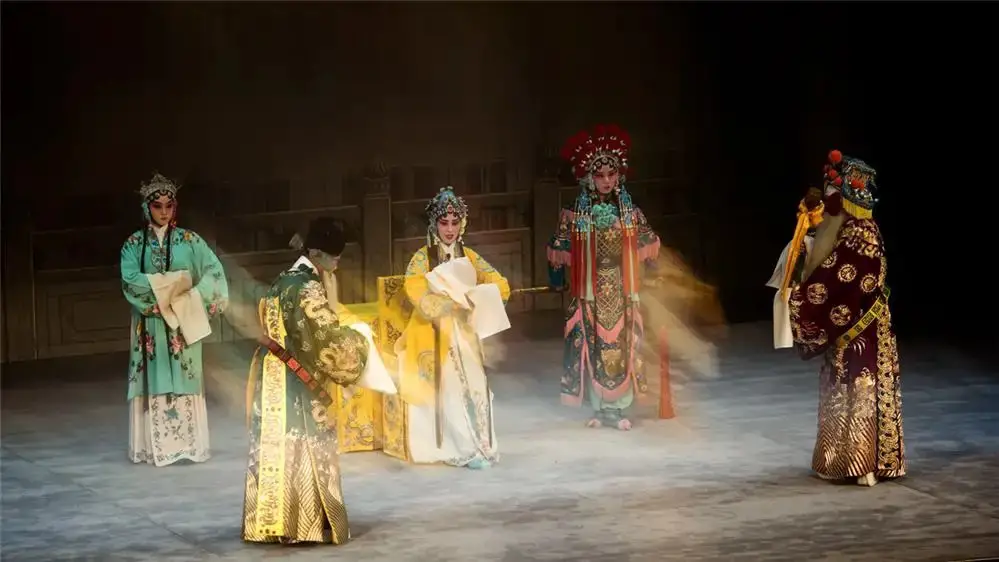
Interestingly, there are more than 360 styles of opera in China which are still active to date. In provinces, regional opera is very popular. Nonetheless, Peking Opera remains the most distinguished and representative among the operas in China and falls among the three major theatrical systems all over the world.
Peking opera, or Beijing opera (Chinese: 京劇; pinyin: Jīngjù, Jingxi), is the most dominant form of Chinese opera, which combines music, vocal performance, mime, dance, and acrobatics. Peking Opera of China is a performance art that combines martial arts, acting, reciting, and singing. It is widely practiced all over China and its performance centers are in Shanghai, Beijing, and Tianjin. Additionally, the Beijing dialect is primarily used in the recitation and singing of Peking Opera. The composition of its librettos is concerning a strict set of rules that rhyme and prize form.
The music in the Peking Opera of China is responsible for setting the pace for the show, guiding the progress of the story, shaping the characters, and creating a particular atmosphere.
The performance of Peking Opera is distinguished by a symbolic and formulaic style. The actors and actresses follow an established choreography were movements of the eyes, feet, hands, and torsos. The social identities and personalities of characters are portrayed by colors and patterns as well as exaggerated facial make-up.
Peking opera of China tells the Stories of daily life, politics, history, and society while entertaining the society. It is majorly transmitted through master-student training. The one being trained learns basic instructions through observation, oral instruction, and imitation. It is considered a pronouncement of the aesthetic that is ideal for opera in traditional Chinese society and it is a recognizable element of China’s cultural heritage.
Where is Peking opera from
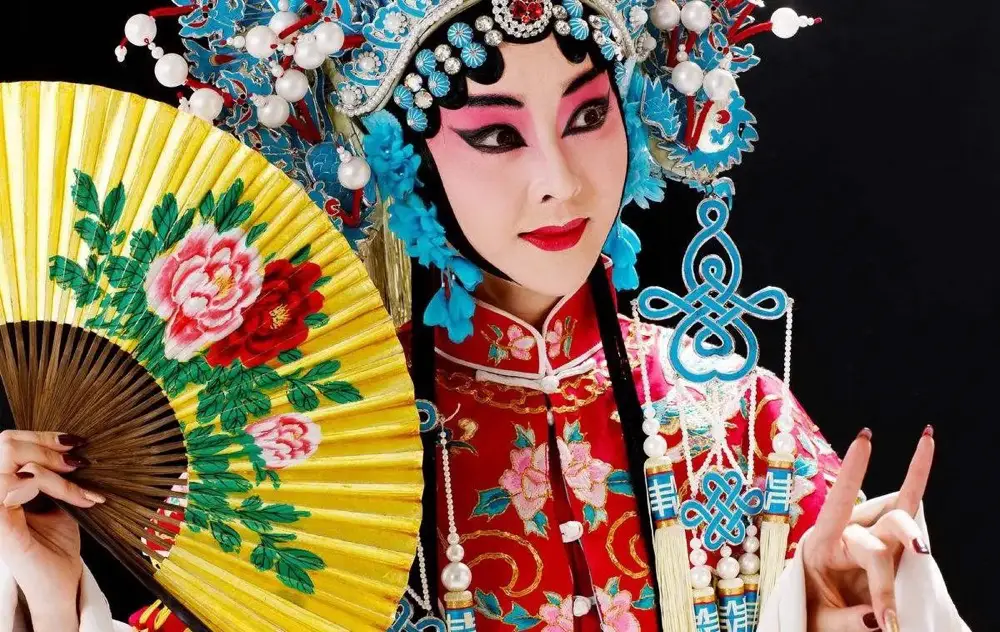
In as much as it is referred toa Peking opera, it originates from the provinces of Anhui and Hubei. Many people believe that Peking Opera slowly into being when famous troupes from Anhui province visited Beijing. Peking Opera has gotten performing techniques, music, and repertoire Qingqiang Opera, Kun Opera, and traditional folk tunes. It formed its own exceptionally stylized performing technique and music from the best of each style.
In the reign of Emperor Qianlong and the famous Empress Dowager Cixi, the Peking Opera went through fast development.
When did Peking opera start?
Peking Opera Started in 1790 when a group named “four Great Anhui Troupes” brought with them Anhui Opera to Beijing. In 1828 several famous Hubei Troupes went and perform with the Anhui troupes.
How Peking opera started
Well, how Peking Opera Started is quite interesting. The Peking Opera started when a joint group popularly known as “Four Great Anhui Troupes” brought Anhui (presently Huiju) to Beijing. This took place as part of the celebrations of Emperor Qianlong for his 8th birthday. During that period was only staged for the court and not among the common people.
later on, several great Hubei Troupes came together and perform along with Anhui troupes. At this moment Peking opera had already taken shape with a style of its own.
Only male actors were allowed to take part, with young boys playing the role of women. In the year 1870 women started performing on stage. Later on, in 1860 mobile operatic companies had already started spreading Peking Opera throughout China. Towards the end of that century, it emerged to be a famous opera style in the country.
Empress Dowager Cixi fell in love with Peking Opera something that led her to have two stages built-in Summer Palace, and another small one built in her private quarters. She could often let the city’s most gifted people perform for her.
In the 19th century, Peking’s theaters were burned down and opera companies got dissolved. Individual veterans began to experiment with different own styles that included Western drama influences. In 1930, a famous actor in Peking Opera, Mei Lanfang performed in the United States and then Europe. He brought the style to the West and went further teaching it to female students. Peking Opera underwent a lot of evolutions, and in the year 1970, the traditional form of Peking Opera was being performed. However, there was a great disconnect between modern life and traditional Opera.
Why Peking opera is unique
Peking Opera is unique since it has assimilated quite many advantages from other operas found in China. Its origin is Anhui Opera (presently Huiju) which was popular in the southern part of river Yangtze.
In ancient China, this theatrical troupe visited so many places which made Anhui assimilate many things from other operas like Kun Opera and others. It, later on, put together the characteristics of the Beijing dialect with itself and formed Peking opera.
Another unique feature is that Peking Opera is that it reflects the history of China opera for more than 2000 years. This is so since the Beijing dialect is simple to be understood and Peking Opera drive South China’s dialect characteristics. Something that made Peking Opera become popular with great range in China, something that other forms of Opera were not able to achieve.
Peking opera masks meaning
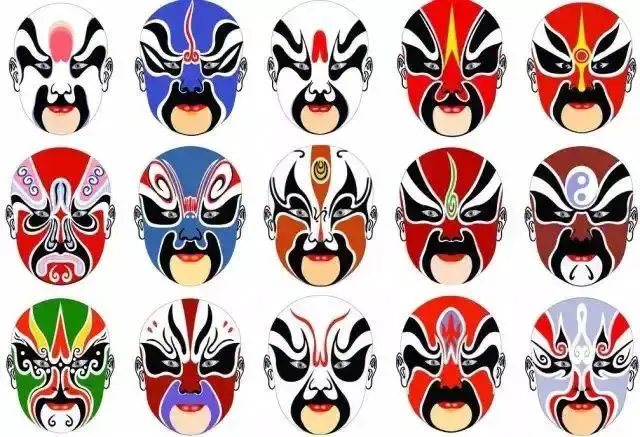
Peking Opera masks come in bold colors and shapes. Their remarkable features and visual effect provide a striking balance. Peking Opera mask appearance in China dates back to the 18th century when the actors wore real masks. Later, makeup was designed specifically for each Character. Below are the colors and expressions of personalities:
- The Black Mask: this mask is a symbol of honesty, firmness, or temerity.
- The Yellow Mask: this mask stands for ambition and ferocity.
- The Blue Mask: it symbolizes cunning and ferocity
- The Red Mask: is a symbol of courage, loyalty, sincerity, righteousness, and bravery
- The White mask: symbolize cunning and mistrust.
- The Purple mask: is a symbol of sophistication and righteousness
Today many reproductions of Peking Opera Masks are worn for parties and theatrical performances. Other people choose to decorate their walls by hanging these masks. Others do it as a business, as the masks are sold commercially.
Famous Peking opera plays
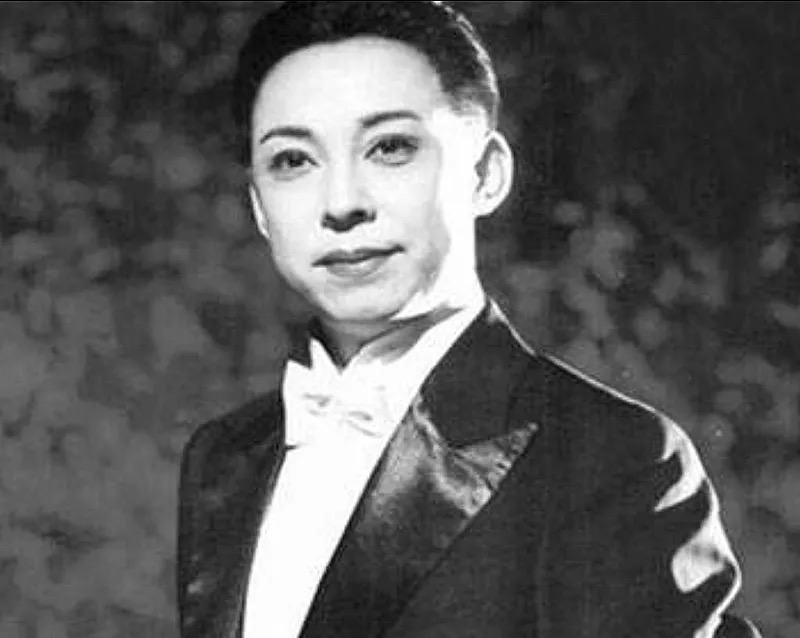
Peking Opera has included performances of plays capturing stories from China’s history. It highlights tales of important historical events, emperors, successive dynasties, ministers, and attractive women. Below are some of the famous
The Drunken Concubine
The play the Drunken Concubine happened in Tang Dynasty, between 745-755 AD. It is of the Mei Lanfang Masterpieces. The Play story is so simple and it is almost a one-man show. Mei Lanfang made this play to be famous for his stunning performance that reflected the concubine’s disappointment, her intentional showing off of her beauty, and the charm of drunkenness. The performance had many moves that are difficult to perform.
Havoc in Heaven
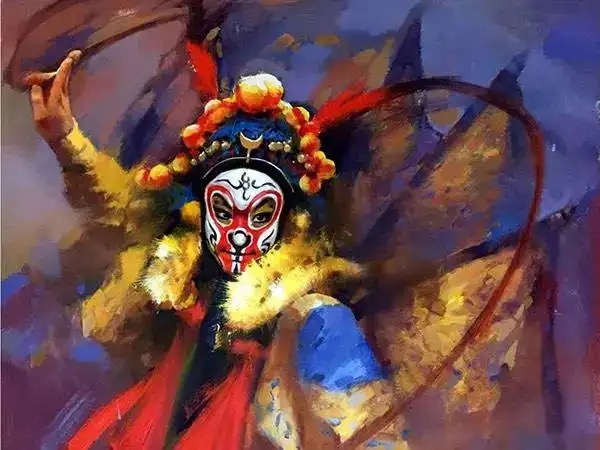
It is an ancient fairy tale in Chinese where Heaven Empire was having a mega banquet and failed to invite the Monkey queen. This revelation angered the Monkey King, that he went up to heaven where the banquet was and ate all pills and peaches. He then proceeded to destroy Heaven’s palaces.
Orphan of Zhao Family
This play is based on the Autumn and Spring period in the State of Jin. In the play, the family of Zhao was nobility in that period, and unfortunately, all the members of the family got killed since they were framed by Tu Angu. However, the orphan Zhao survived and when he grew up, he took revenge on behalf of his family.
The Reuse of the Empty City
This traditional play was derived from the Chinese novel entitled ‘’The Romance of the Three Kingdoms” the play consists of three parts namely ” The Loss of Jieting Pass” Second ”Use of Empty City” and lastly ”The Execution of Ma Su”. Nonetheless, the second part can be performed alone since is the core of the story.
The story of White Snake
The play of the White Snake is a well-known story. This is because it is one of the China Folklore stories. It is a torturous story of love where a snake turned into a beautiful girl by the name Bai Su Zheng. This girl later fell in love with a man called Xu Xian.
Conclusion
Peking Opera is the traditional form of Chinese theater, that combines martial arts, acting, reciting, and singing. Peking Opera Started in 1790 when a group name “four Great Anhui Troupes” brought with them Anhui Opera to Beijing. It is unique in its way since it assimilated different combinations from other forms of operas. Every mask has its meaning and is distinguished by color. The Famous Peking Opera plays have become so popular and most people can relate them to China history.
